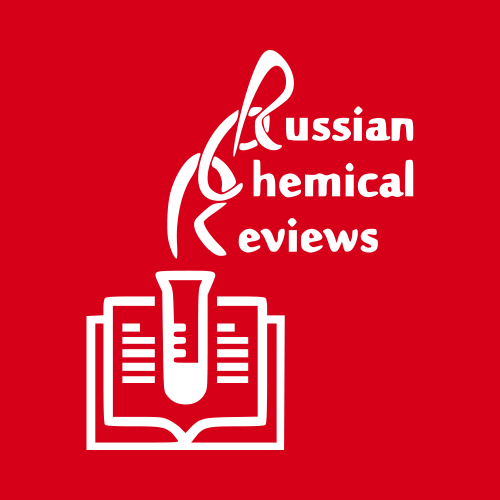
Exploring the Structural and Functional Effects of Nonsynonymous SNPs in the Human Serotonin Transporter Gene Through In Silico Approaches
The sodium-dependent serotonin transporter SLC6A4 (solute carrier family 6 member 4) gene encodes an intrinsic membrane protein that transmits the serotonin neurotransmitter from synaptic clefts into presynaptic neurons. The product of the SLC6A4 gene is related to the regulation of mood and social behavior, sleep, appetite, memory, digestion, and sexual desire. This protein is a target for antidepressant and psychostimulant drugs, thus prolonged neurotransmitter signaling remains blocked. In this study, the functional consequences of nsSNPs in the human SLC6A4 gene were explored through computational tools: PhD-SNP, SIFT, Align GVGD, PROVEAN, PMut, nsSNP Analyzer, SNPs&GO, SNAP2, PolyPhen2, and PANTHER to identify the most deleterious and damaging nsSNPs. Then the mutant protein stabilities were assessed using I-Mutant, MUpro, and MutPred2; amino acid conservation using ConSurf, and posttranslational modification analysis using MusiteDEEP and PROSPER. Furthermore, the 3-dimensional (3D) model of the mutated proteins was predicted and validated using SPARKS-X, Verify3D, and PROCHECK. The protein–ligand binding sites were analyzed using the COACH meta-server. Results from this study predicted that T192M, G342E, R607C, W282S, R104C, P131L, P156L, and N351S were the most structurally and functionally significant nsSNPs in the human SLC6A4 gene. Arg607 and Pro156 were the predicted sites for posttranslational modifications, and Thr192 and Try282 were the ligand-binding sites in the human SLC6A4 gene. The analyzed data also suggested that R104C, P131L, P156L, T192M, G342E, and W282S mutants might affect the binding of sodium ions with this protein. Taken together, this study provided important information on structurally and functionally important nsSNPs of the human SLC6A4 gene for further experimental validation. In the future, these damaging nsSNPs of the SLC6A4 gene have the potential to be evaluated as prognostic biomarkers for SLC6A4-related disorder diagnosis and research.
Top-30
Journals
|
1
|
|
|
Russian Chemical Reviews
1 publication, 25%
|
|
|
Frontiers in Psychology
1 publication, 25%
|
|
|
International Journal of Molecular Sciences
1 publication, 25%
|
|
|
Scientific Reports
1 publication, 25%
|
|
|
1
|
Publishers
|
1
|
|
|
Autonomous Non-profit Organization Editorial Board of the journal Uspekhi Khimii
1 publication, 25%
|
|
|
Frontiers Media S.A.
1 publication, 25%
|
|
|
MDPI
1 publication, 25%
|
|
|
Springer Nature
1 publication, 25%
|
|
|
1
|
- We do not take into account publications without a DOI.
- Statistics recalculated weekly.








